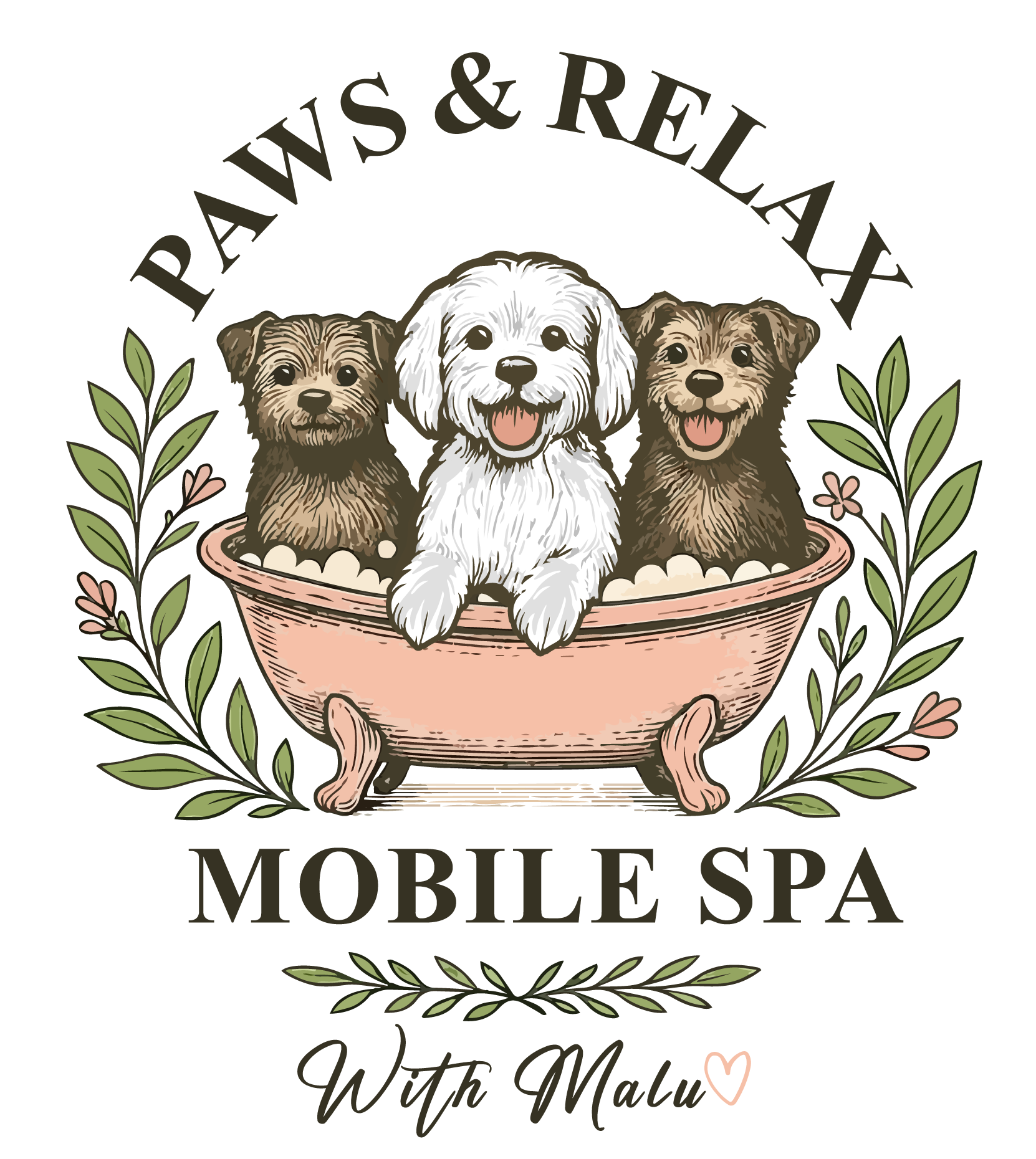Keeping your pet’s teeth clean is just as important as bathing, brushing, and trimming their nails. Unfortunately, many pet parents are drawn to “non-anesthetic dental cleanings” offered by groomers, pet stores, or mobile services that promise sparkling teeth without the stress (or cost) of a vet visit. While the idea sounds appealing, no anesthesia, quick results, and lower price, it comes with hidden risks and limited benefits that can actually do more harm than good.
What Is a Non-Anesthetic Dental “Cleaning”?
Non-anesthetic dental cleanings (also called “awake dental cleanings” or “cosmetic cleanings”) are usually performed by groomers or technicians outside of a veterinary setting. The process typically involves:
- Restraining your pet while awake
- Using manual tools to scrape visible tartar from the teeth
- No X-rays, no scaling beneath the gumline
- No polishing or oral disease diagnostics
It might look like your pet’s teeth are cleaner after the service but that visual improvement can be dangerously misleading.
The Problem with Non-Anesthetic Cleanings
1. They Only Clean What You Can See
Non-anesthetic procedures can only remove surface-level tartar. The real danger lies below the gumline, where bacteria thrive and damage teeth, roots, and bone. Without anesthesia, there’s no way to properly clean or examine these areas.
2. They Can’t Diagnose or Treat Dental Disease
Dental issues like abscesses, fractured teeth, gum recession, and oral tumors require X-rays and thorough exams. These conditions often go unnoticed in awake pets and, if left untreated, they can cause pain, infection, and even organ damage.
3. They Can Be Extremely Stressful
Restraint-based cleanings can cause significant anxiety or fear in pets, especially if they are nervous, older, or already experiencing dental pain. The lack of anesthesia may reduce risk in theory but in practice, it often leads to fear-based trauma and incomplete procedures.
4. They Give a False Sense of Security
A cleaner appearance doesn’t mean a healthier mouth. Non-anesthetic services may make owners feel like their pet is being cared for, but in the meantime, serious dental problems can worsen undetected.
Why Anesthetic Dental Cleanings Are Worth It
Veterinary dental cleanings under anesthesia are the gold standard for pet oral care. They allow vets to:
- Take full-mouth X-rays
- Scale above and below the gumline
- Polish teeth to prevent future plaque buildup
- Perform extractions if needed
- Closely monitor your pet’s vital signs throughout the procedure
While anesthesia carries some risk (as with any medical procedure), modern practices are incredibly safe, especially when pets are properly evaluated beforehand.
What You Can Do at Home
Although non-anesthetic cleanings aren’t recommended, there are still many safe and effective ways you can care for your pet’s teeth between vet visits:
- Brush regularly with pet-safe toothpaste
- Use dental chews or toys approved by the Veterinary Oral Health Council (VOHC)
- Add dental rinses or water additives to reduce plaque buildup
- Schedule professional dental exams with your vet annually or as recommended
Conclusion: Invest in Real Dental Health
The mouth of a pet is the gateway to the general wellbeing of a pet. Non-anesthetic cleaning may appear to be inexpensive, yet it is largely a cosmetic repair. It is not dental care.
At Paws & Relax With Malu LLC, we encourage pet parents to stay informed, ask questions, and always prioritize health over shortcuts. For grooming, we’ve got your pet covered. For dental care, trust your vet.
